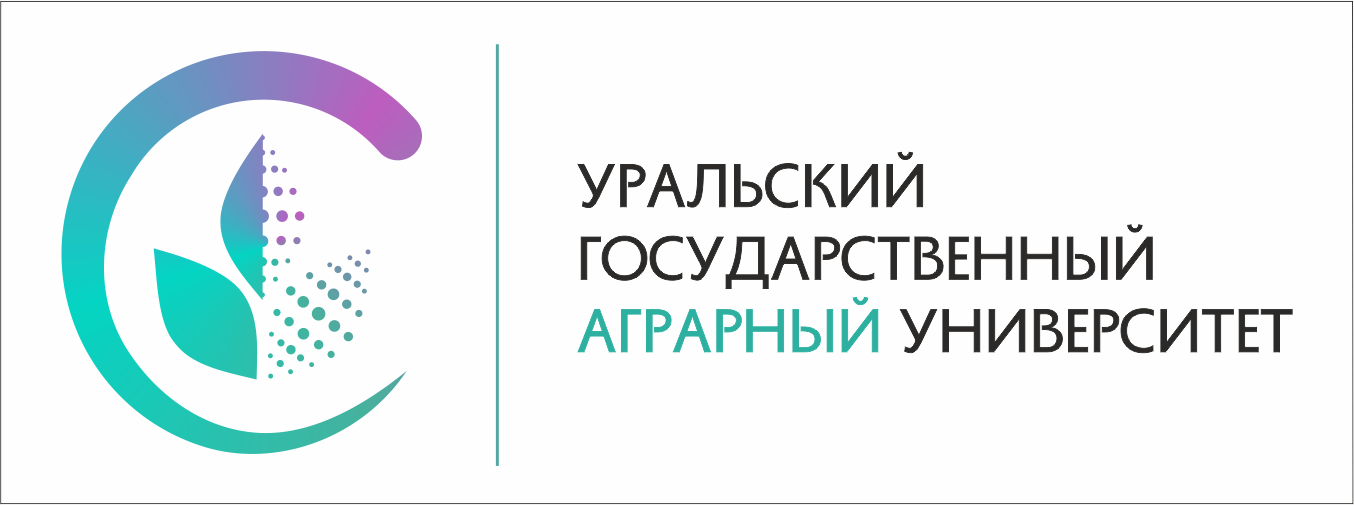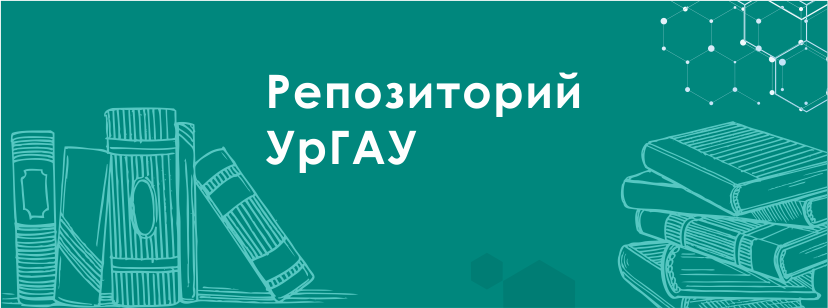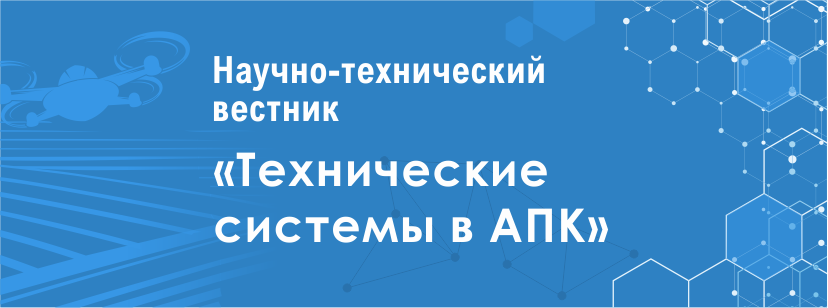Authors:
E. V. Kalmykova,
K. A. Melnik,
P. A. Kuzmin
Federal Scientific Centre of Agroecology, Complex Melioration and Protective Afforestation of the Russian Academy of Sciences, Volgograd, Russia
E-mail: This email address is being protected from spambots. You need JavaScript enabled to view it.
Abstract. The purpose is to study the features of adaptive reactions of the pigment system of plants in the stress conditions of the Astrakhan region. In the role of diagnosing the state of plants, physiological and biochemical indicators are used, which reflect the body’s ability to adapt to changing environmental conditions. Methods. In the studies, methods of observation, description of the objects of study, spectrophotometric determination of the quantitative content of photosynthetic pigments, methods of statistical analysis were used. Results. Features in the quantitative content of chlorophyll a and b, carotenoids, as well as the ratio of the values of chlorophyll a and b, the amount of chlorophylls to carotenoids were revealed. The calculation of the linear Pearson correlation coefficient between the content of chlorophylls and carotenoids in leaves and the average daily temperature and daylight hours was carried out. It was established that the maximum content of chlorophyll a was observed in tamarix, the minimum amount was noted in saxaul. The largest amount of chlorophyll b was noted in the leaves of teresken, and the smallest in saxaul. The highest amount of carotenoids was observed in tamarix (0.59 mg/g dry weight), a little less was noted in teresken (0.54), its minimum content in saxaul (0.12) and juzgun (0.29). In the studied species, the ratio of chlorophylls ranged from 2.9 to 6.5, the maximum was in saxaul, and the minimum was in juzgun. The potential of photochemical activity decreases in the series saxaul > tamarix > teresken > juzgun. It was revealed that the maximum value for the ratio between the amount of chlorophylls and carotenoids in saxaul (2.9). Scientific novelty. New knowledge was obtained on resistance to adverse external factors in the stress conditions of the Astrakhan region in terms of the ratio of physiological and biochemical parameters – between chlorophyll, carotenoids in leaves and the average daily temperature and daylight hours, which made it possible to assess the potential of plants and compile the following series of studied species: saxaul > juzgun > teresken > tamarix.
Keywords: chlorophyll, carotenoids, Calligonum aphyllum, Haloxylon aphyllum, Tamarix ramosissima, Eurotia ceratodes, adaptive potential, photochemical activity.
For citation: Kalmykova E. V., Melnik K. A., Kuzmin P. A. Vidovye razlichiya v soderzhanii fotosinteticheskikh pigmentov u rasteniy aridnykh territoriy yuga Rossii [Species differences in the content of photosynthetic pigments in plants of arid territories of the South of Russia] // Agrarian Bulletin of the Urals. 2023. No. 03 (232). Pp. 32‒42. DOI: 10.32417/1997-4868-2023-232-03-32-42. (In Russian.)
Download the full text of the article












